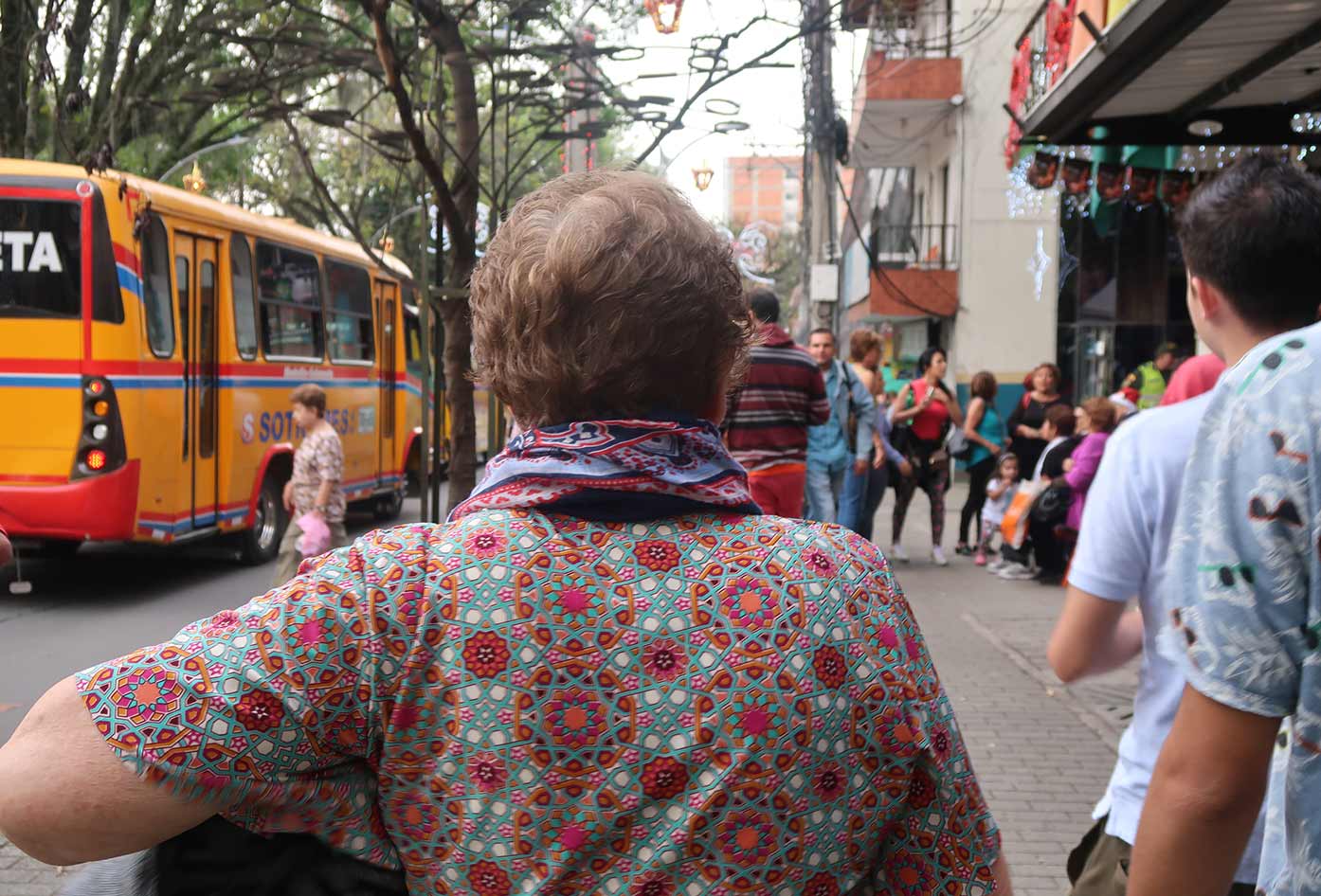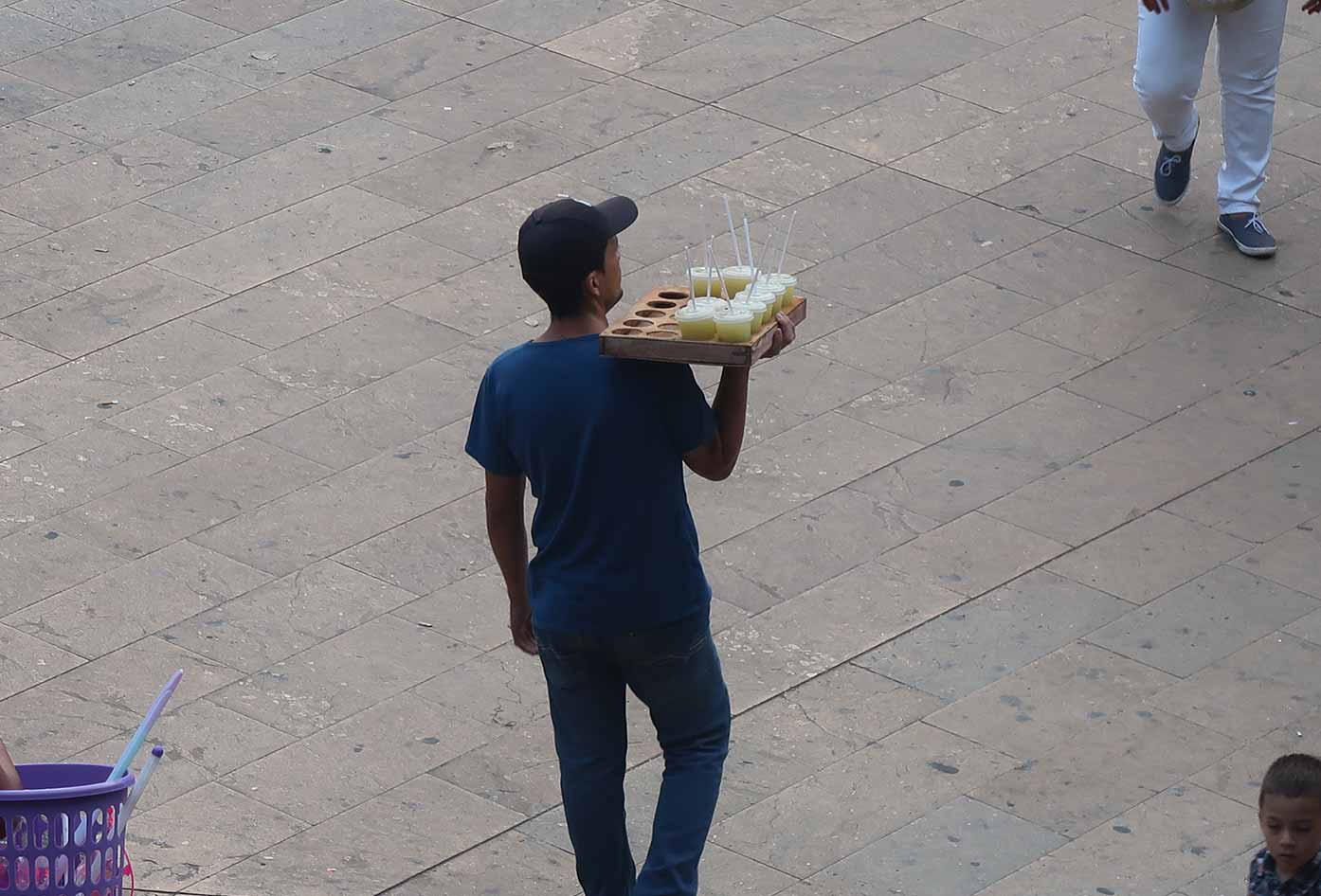In Colombia, what is a Paisa? And, what does it mean to be Paisa?
More often than not, I have found Paisas (the people from Medellín, Colombia and Antioquía) to be warm, kind, funny, and welcoming people.
While I was planning my trip to Colombia for the very first time, I had no idea about the paisa culture and how significant it actually was and is.
Not only in Colombia but this ‘Paisa effect’ as it were, also has ripples in the rest of Latin America. In some cases, it has even spread as far as Japan.
This post contains affiliate links. Layer Culture is supported by you and I may earn a small commission (at no extra cost to you) if you make a purchase by clicking a link. Learn more.
What is a Paisa?
In this guide, we are going to answer the question: what is a Paisa? Plus, I will go into more detail by saying other things that I’ve learned.
After spending many months in the capital of the Paisas, also known as the Antioquía region (but not limited to it) I felt compelled to share all this.
So, let’s start with the short answer before we get into more detailed things to know about the Paisa culture.
Did you know A Paisa is anyone who is from the Antioquía in Colombia and contrary to what people may say, they’re not defined by skin color.
According to the dedicated page on Wikipedia the word paisa derives from “Paisano,” which means a person from the same country.
Paisas have a very strong culture that is impossible to ignore, and they carry these cultural traits with them wherever they go.
What makes A Paisa different?
The Paisas in Medellín and surrounding cities such as Sabaneta are very active and tend to live outside (when it’s not raining).
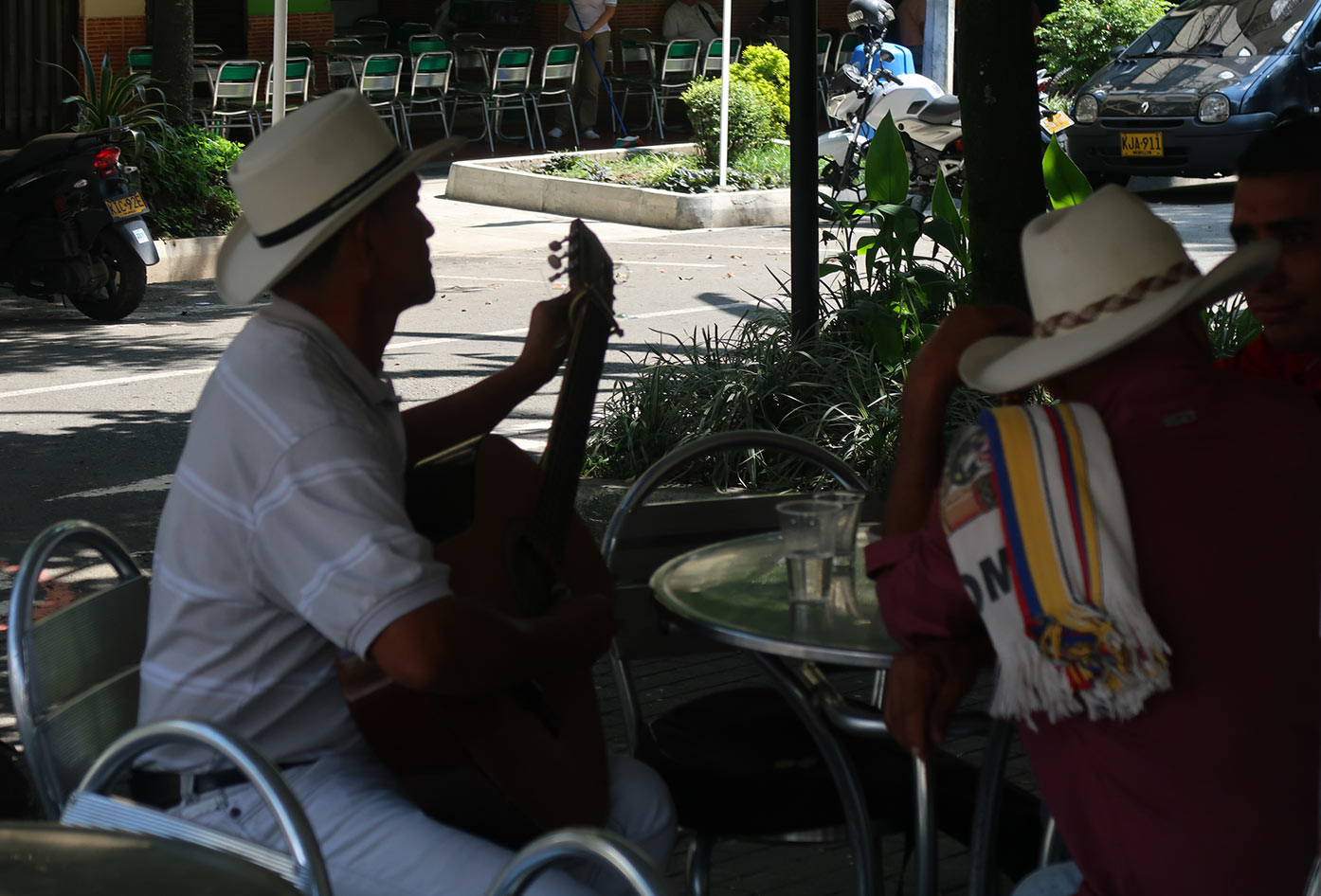
If you’ve been planning a trip and wondering what to do in Medellín and/or really want to experience local life – you’ll want to know all this!
The lifestyle in Medellín for example compared to the life of the Paisas in the pueblos such as Santa Fe de Antioquía or Jardín varies alot.
I recommend you head over to places like Envigado, Sabaneta or even the Laureles neighborhood in Medellín and take a stroll around.
Laureles is an area popular with ex-pats in Colombia. Others who are considering moving to Medellin choose this area too.
Facts About The Paisa
Below are some facts about Colombia and some more which are more specific to the Pasia culture that you may not have known:
- As far as territory, Medellín, Manizales and Armenia are the main cities of the Paisa region (although the latter two are not in Antioquía).
- Paisas are known to speak Antioqeñan Spanish, which is distinct in Colombia Culture. You can even refer to it as ‘Paisa Spanish’.
- Both men and women in Medellin and surrounding areas in Antioquia are proud of their cultural identity.
- The Bandeja Paisa a dish from the Antioquia region is sold in Colombian restaurants around the world.
They’re also famous for other foods they eat, such as the Arepa Paisa.
On any trip to Colombia, you quickly learn that the Arepa is one of the most versatile foods you can eat as part of a healthy diet in Colombia.
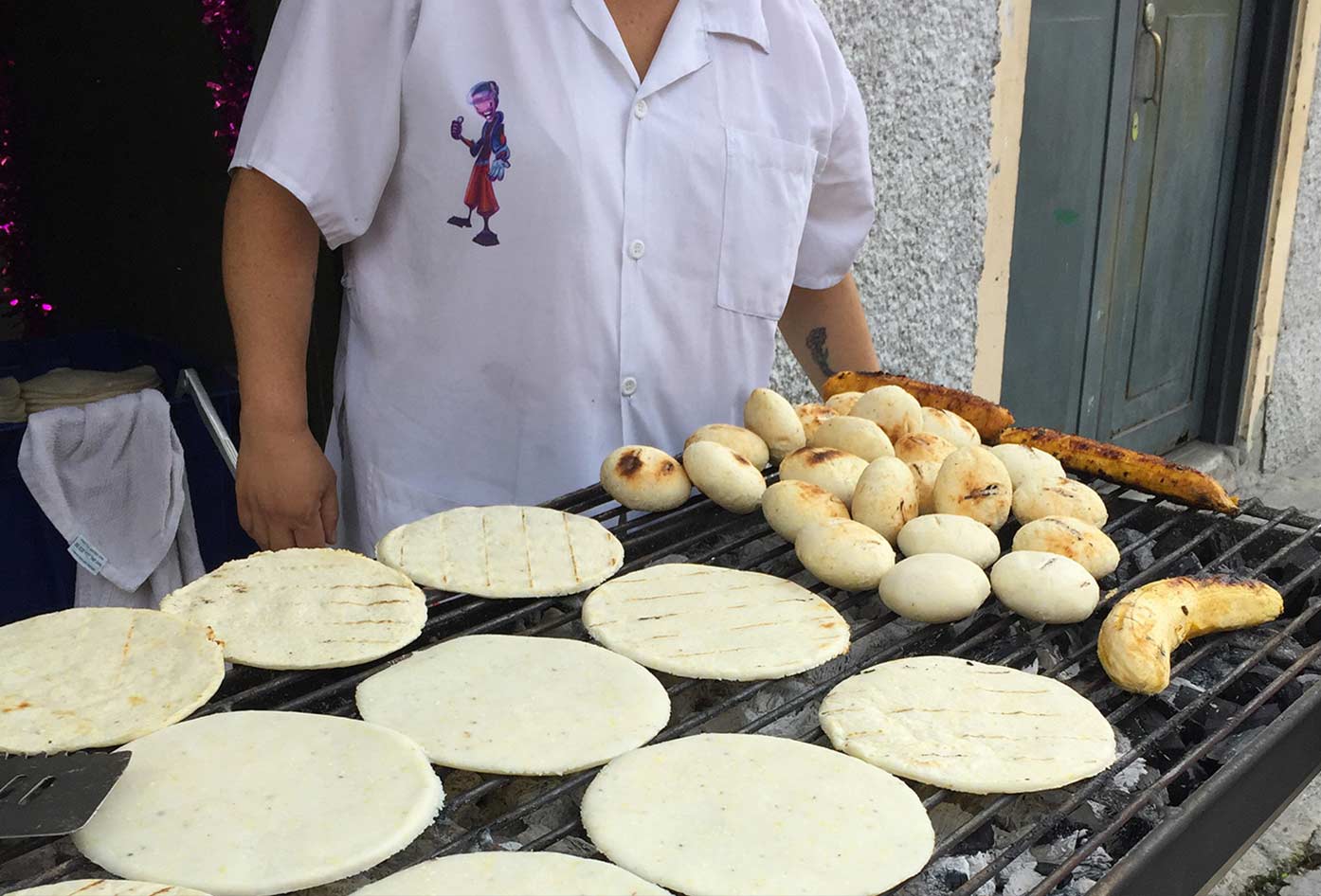
However, the Bandeja paisa is by far the most popular and some may even argue that the Bandeja Paisa is the national dish of Colombia.
Typical Paisa Names
Many of the paisa family names are from Spain, typically Basque families and as well as other surrounding provinces.
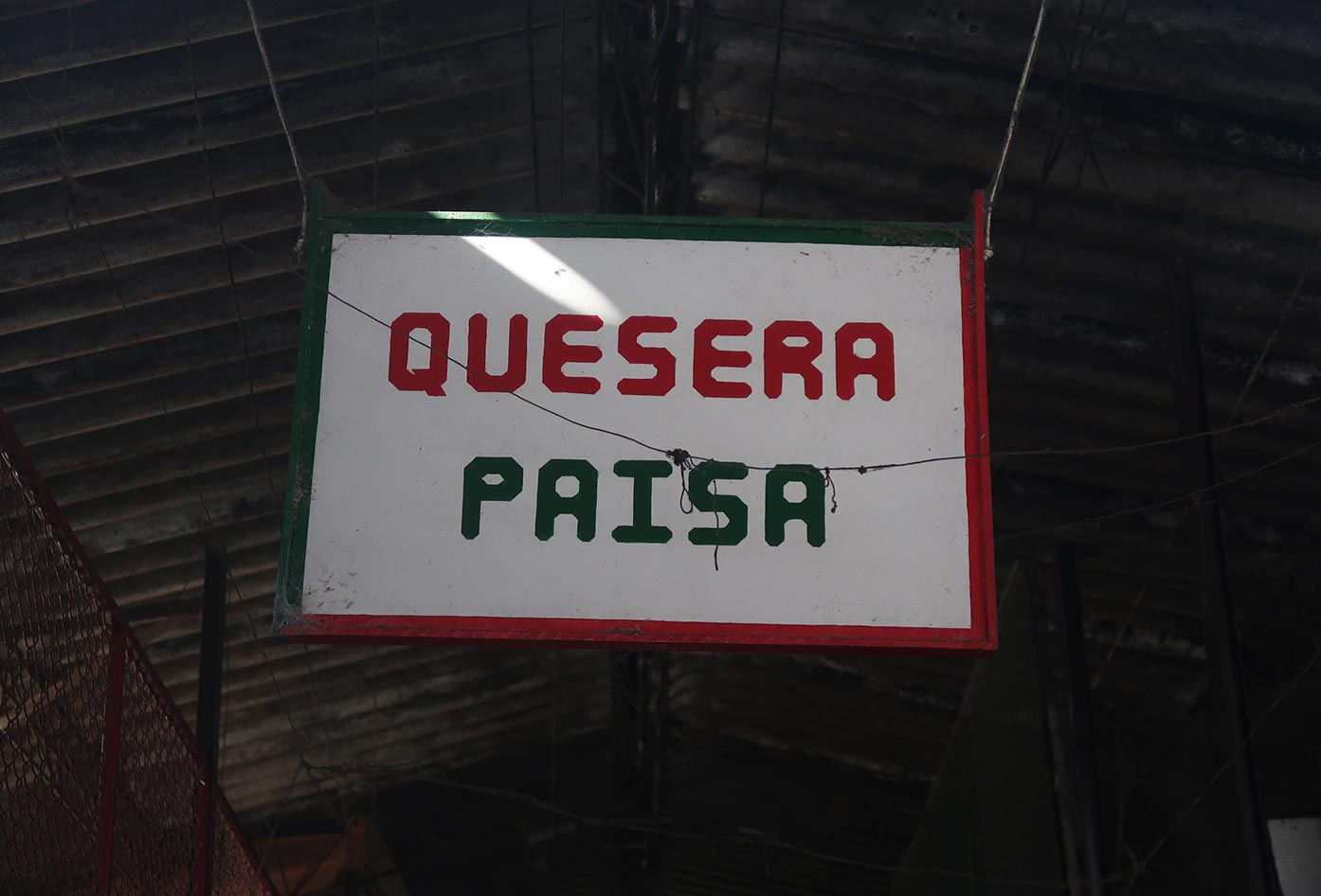
Whether considered “Antioqeñan” or “Paisa”, many families would have entered the port at Cartagena and migrated to the Antioquia department.
Here are some very typical Paisa names you’ll see:
- Aguirre
- Berrío
- Castañeda
- Gaviria
- Londoño
- Marulanda
- Montoya
- Ochoa
- Ospina
- Urreta
- Zabala
- Zuluaga
There are families who are located in other coastal cities, some of which are within the borders of the Antioquia region such as Necoclí or Turbo.
How to Speak Like a Paisa
As a cultural traveler in Latin America I thrive on learning all this so I’m able to understand people, and ‘the collective’ which for me is interesting.
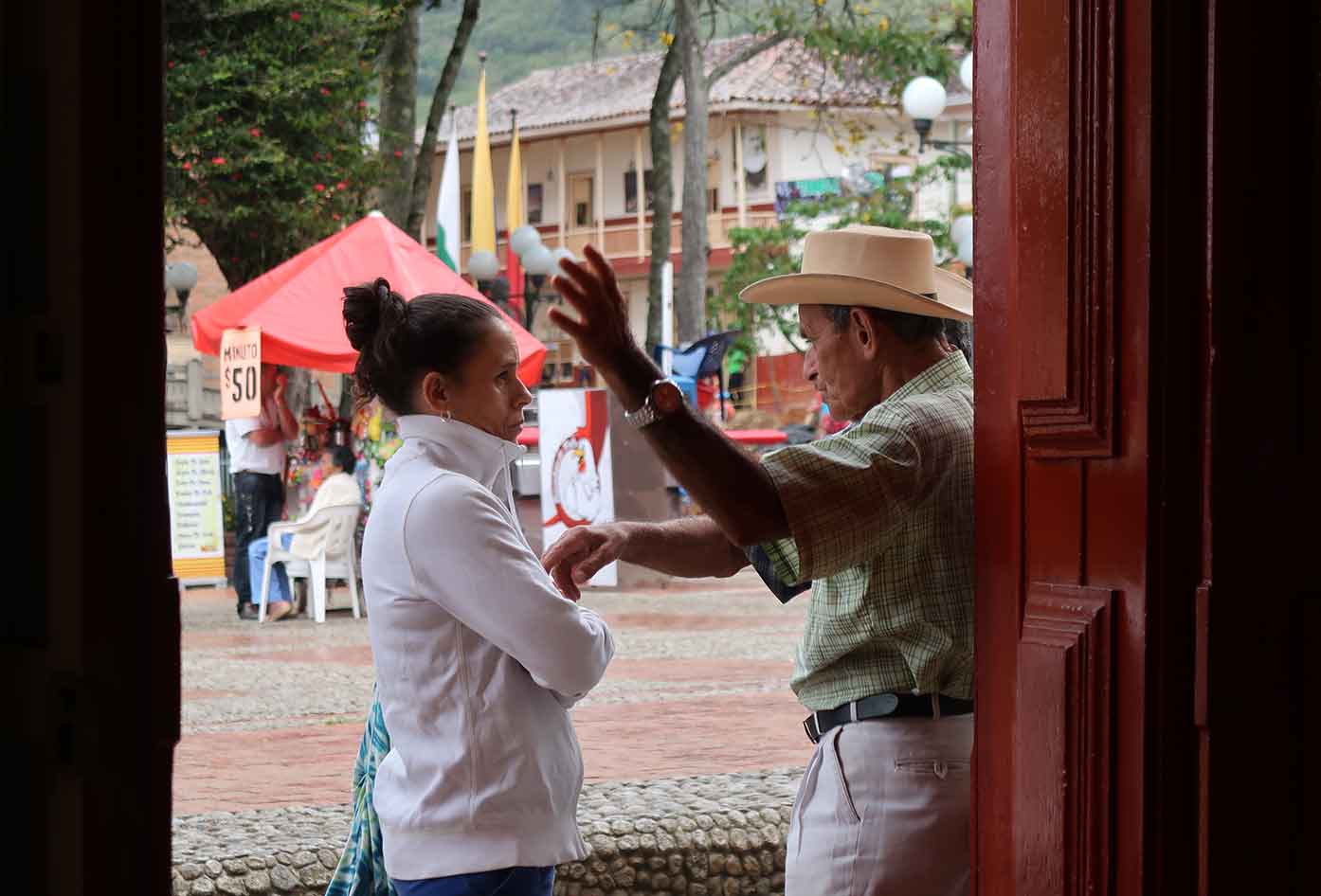
I live by the idea of not only meeting locals whilst traveling but the idea of speaking like a local to be able to connect even further and learn more.
Maybe you just want to learn some basic Colombian slang words and phrases, especially for your trip to Colombia?
After spending so much time practicing the basics of Spanish conversation, I work to put it all into practice each time I return to Latin America. Doing this has allowed me to create my own dictionary of words along the way.
Once I arrive in Colombia, one of my favorite activities, especially in Medellín has been meeting, spending time and speaking with locals.
Paisa Slang
Out of all the Colombian accents I heard, my favorite accent has been that of Paisa. It is speedy but soft, and endearing.
In fact, out of all the Spanish accents I have encountered on my travels in Latin America – it has been my favorite for listening to and learning from.
Words and expressions I learned in the Antioquia region:
- Palante
- Sánduich
- Vecino
- Quihabido
- Qué ha hecho
- Plias!
- Man
- Mal Parido
- Loca
- Hinchada
- Chao
- Chichigua
Other words heard in the Antioquia region I liked:
- Lenteja
- Guyabo
- Dar Papaya
- Hinchada
- Chambón
- Bobo
- Camellar
- Parce
- Eavemaría
- Tinto
- Berraco
- Aguardientero
Paisa Culture: Final Words
Hopefully, with this short cultural guide, you have a better idea of what a paisa is in regard to Colombian culture.
Not only have we looked at what a Paisa is but also some words and expressions the Paisa’s say and some popular regions you may visit to get a deeper insight into the Paisa culture.
If you’re thinking about backpacking Colombia or traveling to learn Spanish — see my other guides dedicated to this magnificent country.
📌 Like this guide? Click to Pin it…
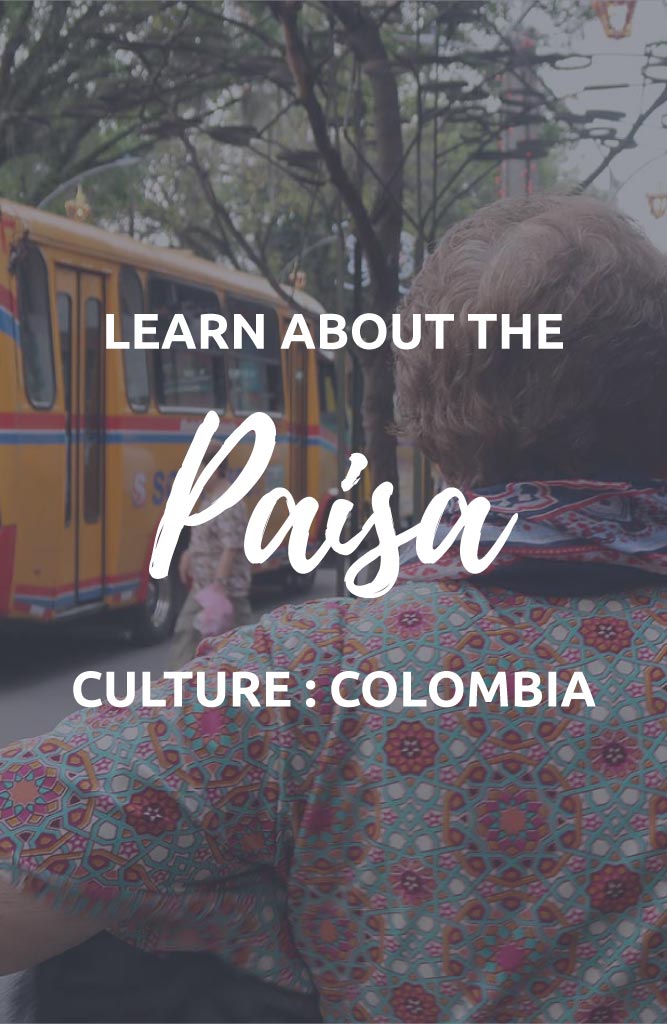

👉🏽 Did you enjoy this guide? Feel free to buy me a coffee to say thanks!
